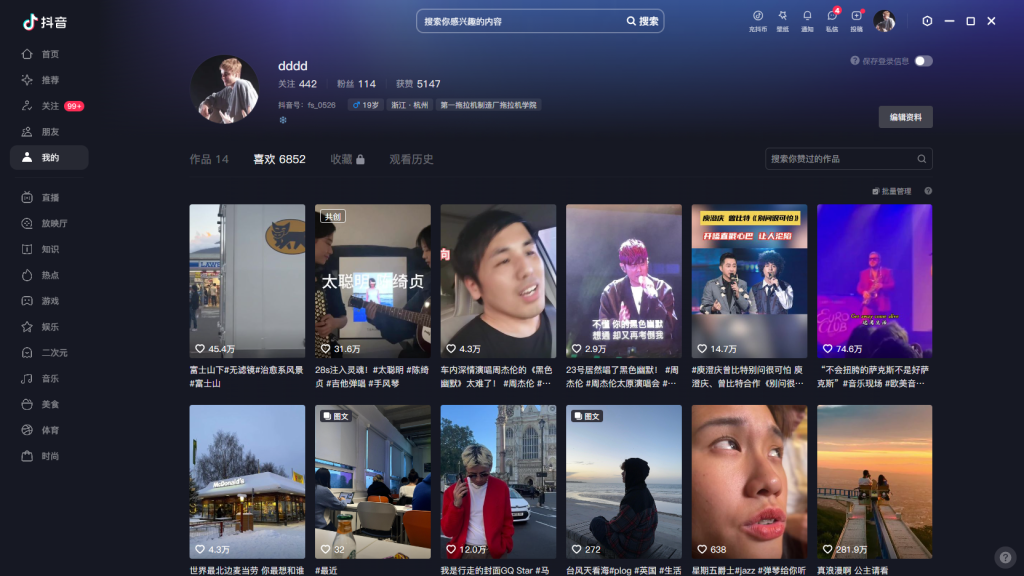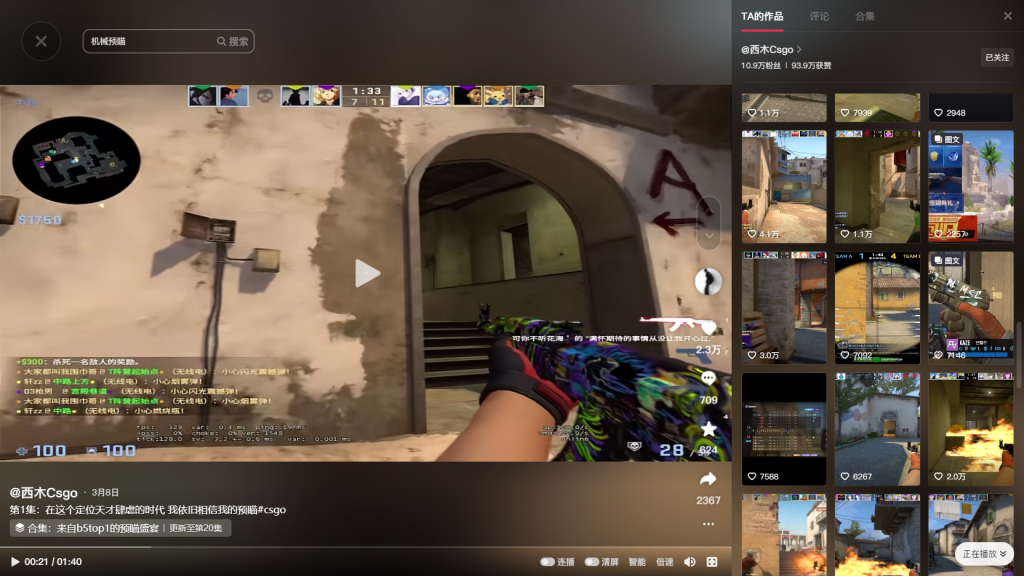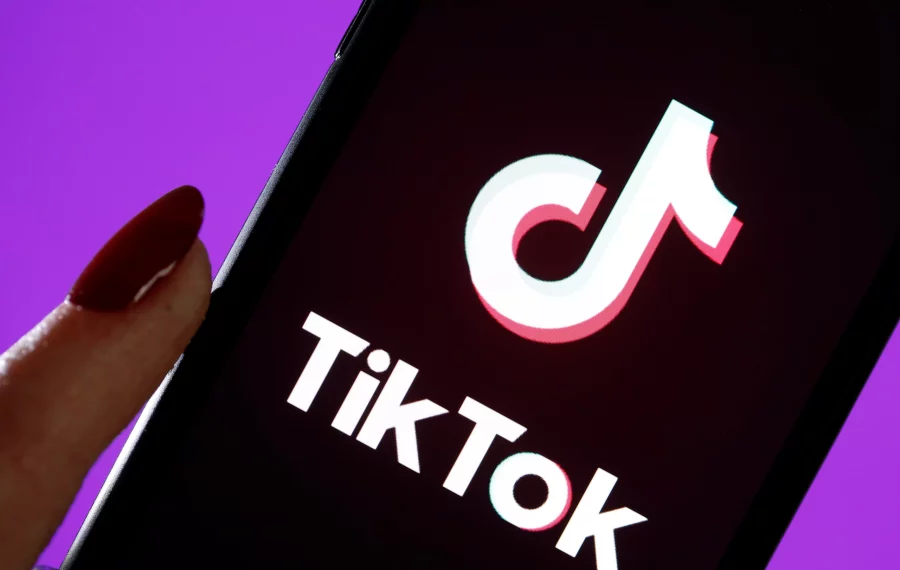The entire world is a stage and all the men and women merely player. They have their exits and entrances, and one man in his time plays many parts. —- Shakespeare ‘as you like it’
This sentence is the main point of Goffman’s theory, ‘PRESENTAION OF SELF IN EVERYDAYLIFE.’
With the continuous development of the Internet and social media, social media platforms such as twitter, Instagram, and Facebook have accumulated a large amount of user data, each of which represents the identity of each user on the social platform. This blog will analyse the shaping of people’s identities on the Chinese version of TikTok.
On TikTok, people present their identity by editing their homepage information, liking and commenting on videos and graphics they are interested in, or posting videos they have edited.
FOR EXAMPLE

On my TikTok, most of my favourite content is singing or playing guitar and related music, so it’s just a general identification of me as someone who is very much into music.
Users on social media tend to form their own social groups, including groups with the same interests, fan groups, etc. Together, these groups construct a collective identity through interaction and communication on social media. By analysing the interaction and following behaviour of users on social media, it is also possible to understand the interaction patterns of different groups. Topic preferences and collective behavioural characteristics.
FOR EXAMPLE

For a game blogger, posting his action sets and game instruction on TikTok is his preference and area of work. As the traffic of the videos he posts gets higher and higher, he will have more and more followers to subscribe to his videos, and will also attract many users who are also interested in gaming to watch and comment. This creates a gaming circle of identity.
But is there really a true self-identity on social media?
Many people create an idealised version of themselves on the internet that differs from their real identity in reality. This inconsistency between virtual and real identities may lead to confusion and uneasiness in an individual’s identity of self. For example, an ordinary person who is mediocre may portray an elite image on social media and gain attention and praise from others, but in real life, he may not be able to match this virtual image, leading to a decreased sense of self-worth and dissatisfaction with real life. In summary, the impact of online social media on personal identity is complex and diverse. Individuals’ opportunities to present themselves and find recognition and empathy on social media contribute to the establishment of identity. However, information overload and the conflict of virtual identities may make individuals feel confused and uneasy. Therefore, individuals should maintain smart consumption and prudent expression when using online social media, without getting confused and distorting their true identity by the illusory world.
Reference list
Goffman, E. (1956). The Presentation of Self in Everyday Life. [online] Edinburgh: University of Edinburgh. Available at: https://monoskop.org/images/1/19/Goffman_Erving_The_Presentation_of_Self_in_Everyday_Life.pdf.
Shakespeare, W. (n.d.). As You Like It – Entire Play | Folger Shakespeare Library. [online] www.folger.edu. Available at: https://www.folger.edu/explore/shakespeares-works/as-you-like-it/read/.


I think the whole construction of your article is very clear and and comprehensive. You showed us different people build their own identity in different field. They seem to be different but the same thing is their ability successful attracked lots of audience to follow them. At the end of the article, you also tell people to be more wise, and never be influenced by conflictions of digital identity. So sum up, a very competitive blog.
The concluding paragraph of the blog made some interesting points about how discomfort and uncertainty of oneself can be brought up from the inconsistency between digital and real life identities. Having to manage several identities be conflicting at times. I specifically liked you mentioning how one’s perception online may not match their real life personal identity, thus creating psychological problems like poor self-esteem. It’s a very important topic as it also links with mental health. I agree with you that we should be mindful when creating these identities online we shouldn’t distort our “true” identity by the digital world. Your blog was overall well structured with a nice quick intro, solid example and a strong conclusion.
You’re right. If you build too many virtual identities online, you’ll feel confused about yourself in real life. Identity building itself is not a completely bad thing. If we can achieve a balance between the two and achieve self consistency, then it will not have an impact on ourselves.